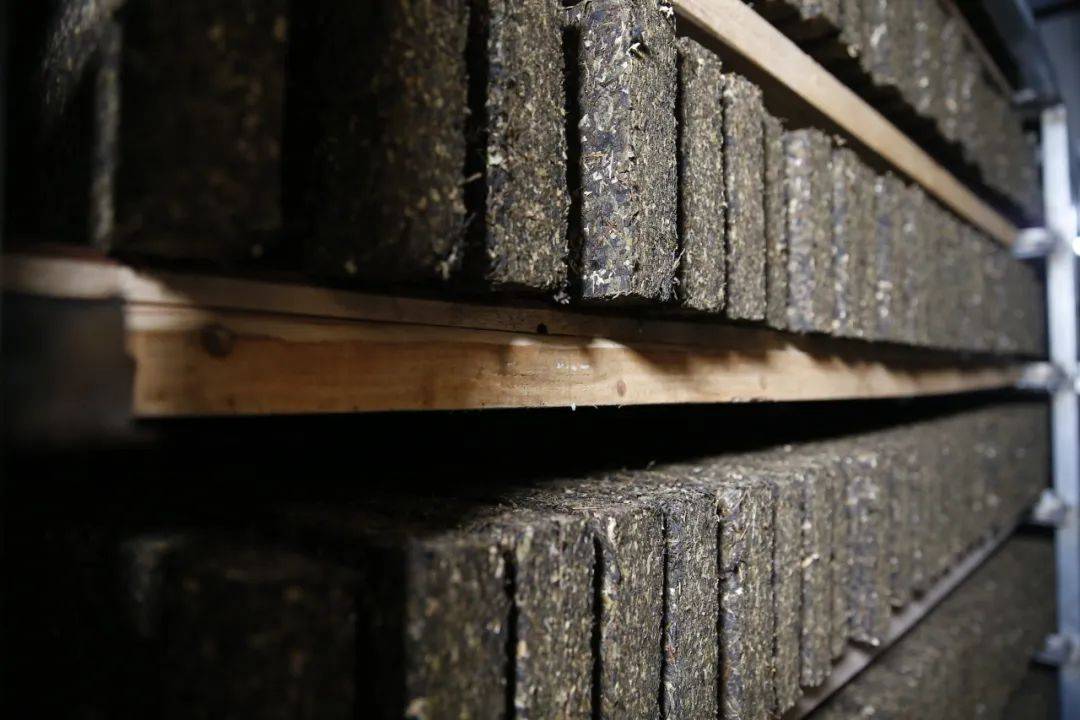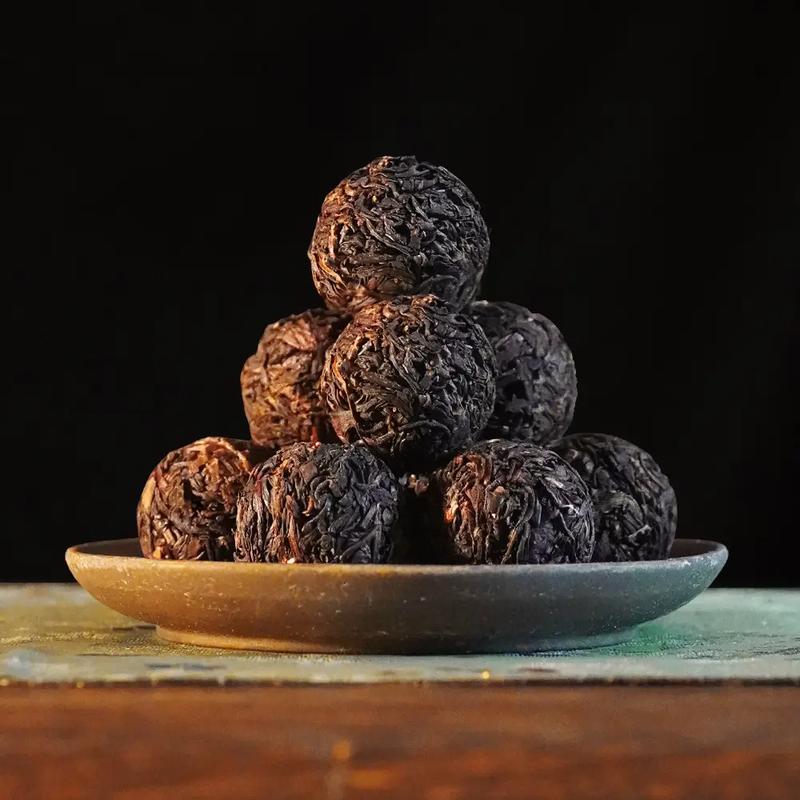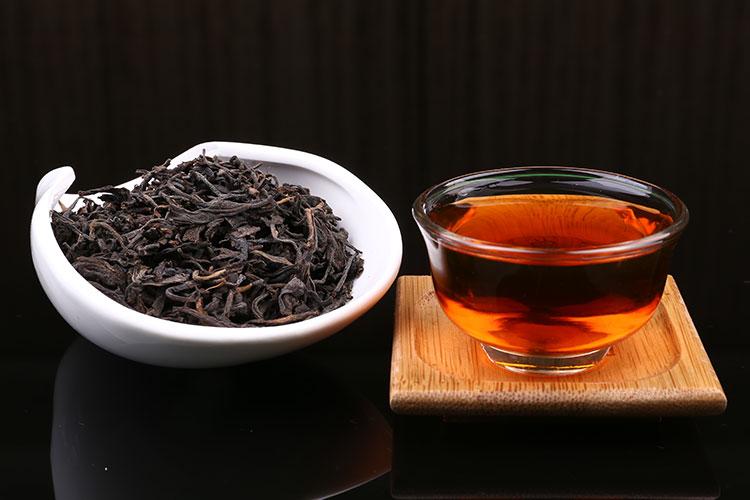In the realm of Chinese tea, dark tea, also known as “hei cha” (黑茶), holds a unique and significant place. With a history spanning over a thousand years, dark tea is not merely a beverage but a cultural treasure, steeped in legend, history, and tradition.

Origins in Ancient Tea and Horse Trade
The story of dark tea begins in the Tang and Song dynasties, during the vibrant era of the tea and horse trade. This trade route, which stretched across China’s southwestern regions, was crucial for the exchange of goods between the Central Plains and the nomadic tribes of the borderlands. Tea, being a highly valued commodity, was transported in large quantities to these regions. However, the long journey posed a challenge: how to preserve the tea’s quality during transit.
The solution lay in fermentation. By fermenting the tea leaves, traders discovered that the tea not only retained its flavor but also developed a unique, earthy aroma. This fermented tea became known as dark tea, and its production techniques were gradually refined over centuries. The regions of Sichuan’s Ya’an and Shaanxi’s Hanzhong emerged as key centers for dark tea production, supplying the vital tea bricks that sustained the nomadic herdsmen.
Cultural Significance and Daily Life
Dark tea’s cultural significance extends far beyond its role in trade. In the daily life of the nomadic tribes, dark tea was more than just a drink; it was a lifeline. The tea’s rich nutrients and warming properties made it an essential part of their diet, especially during the harsh winter months. The saying, “It is better to go without food for three days than without tea for a single day,” testifies to dark tea’s vital role in their survival.
Over time, dark tea became deeply intertwined with the local culture. It was used in traditional ceremonies, offered to guests as a sign of respect, and even used as a medium of exchange. The tea’s unique flavor, with its notes of earthiness and aged wood, became a symbol of the region’s identity.
Production Process and Varieties
The production of dark tea is a complex and meticulous process. It involves several steps, including killing green (de-enzyming), rolling, piling (fermentation), and drying. The tea leaves undergo a post-fermentation process, which distinguishes dark tea from other types of tea. This fermentation not only enhances the tea’s flavor but also contributes to its unique health benefits.
Dark tea encompasses a wide variety of teas, each with its own distinct characteristics. Some of the most famous varieties include:
- Pu-erh Tea (普洱茶): Hailing from Yunnan Province, Pu-erh tea is renowned for its rich, mellow flavor and aging potential. It is often compressed into cakes or bricks and can be aged for decades, developing complex flavors and aromas over time.
- Liu Bao Tea (六堡茶): Originating from Guangxi Province, Liu Bao tea is known for its unique aroma, which is often described as having notes of betel nut. It is also famous for its ability to improve with age.
- Fu Brick Tea (茯砖茶): Produced in Hunan Province, Fu Brick tea is characterized by the presence of “golden flowers” (a beneficial fungus) on the tea leaves. These golden flowers contribute to the tea’s unique flavor and health benefits.
Modern Appreciation and Global Influence
Today, dark tea continues to be cherished in China and around the world. Its unique flavor and health benefits have attracted a growing number of tea enthusiasts. In recent years, dark tea has also gained recognition in the global market, with its rich history and cultural heritage serving as a bridge between China and the world.
Sipping a cup of dark tea is not merely an act of hydration but a journey through history and culture. It connects us to the ancient tea and horse trade routes, to the nomadic tribes who relied on dark tea for survival, and to the artisans who have perfected the craft of dark tea production over centuries. Whether enjoyed in a traditional Chinese tea house or a modern café, dark tea remains a testament to the enduring legacy of Chinese tea culture.



